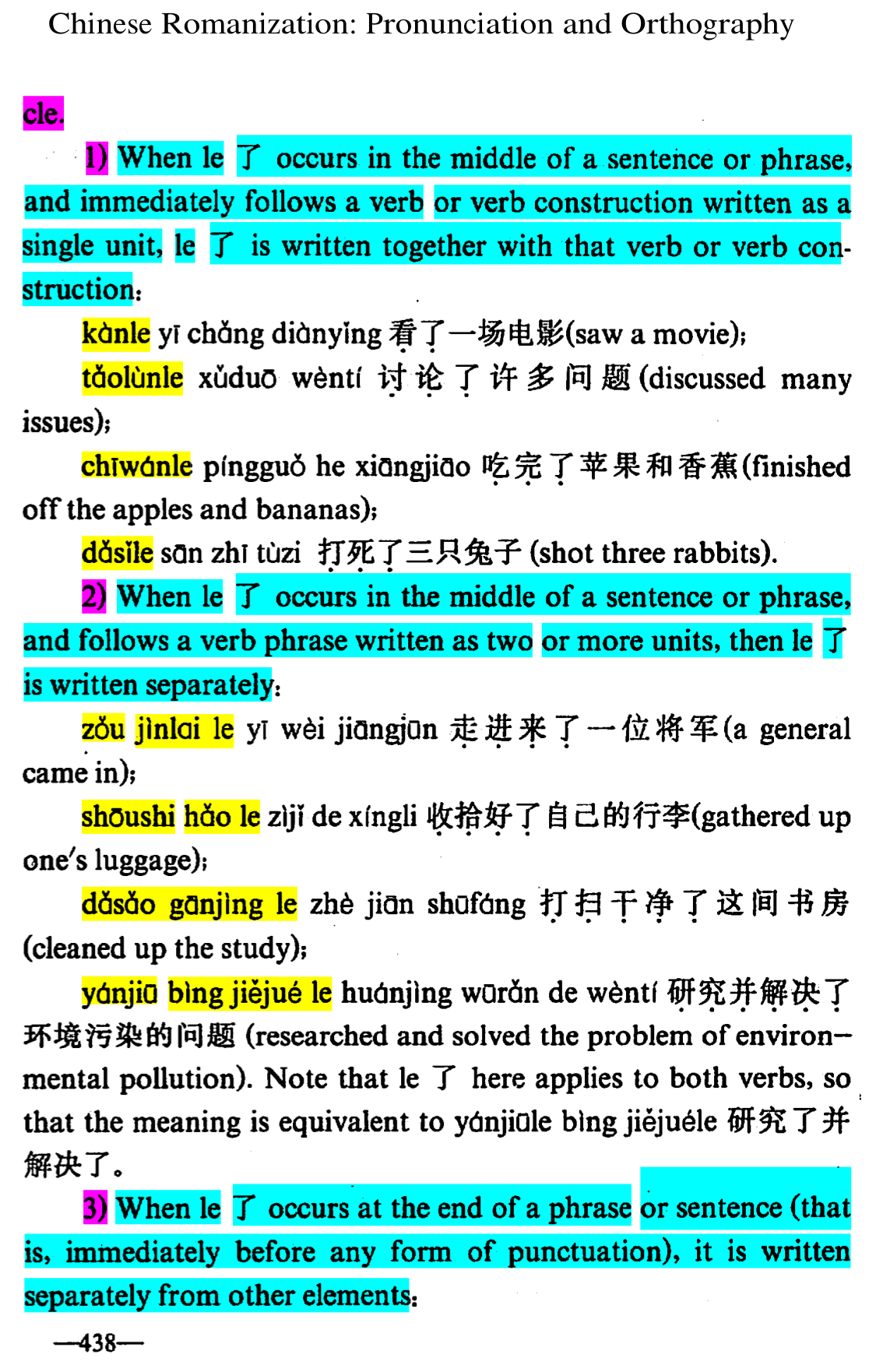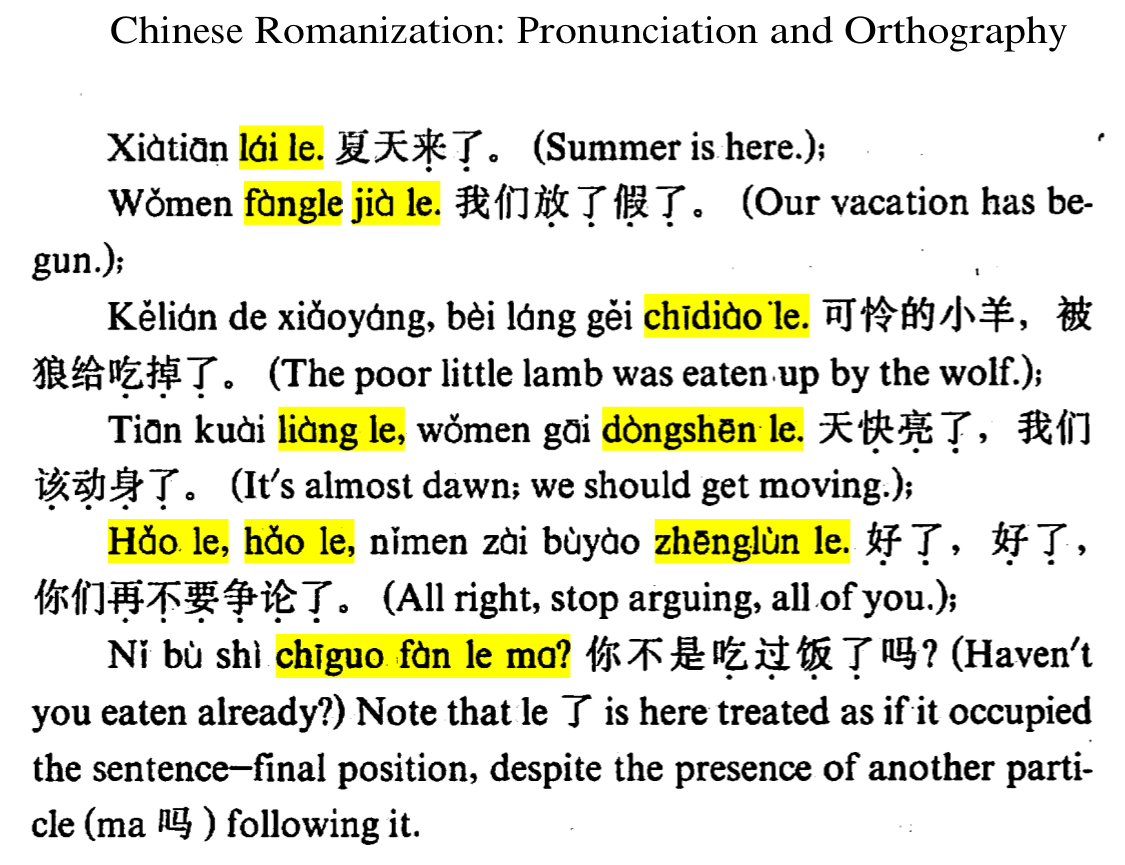tiānzhēn (tiān·zhēn {(of) heaven → [natural]} · {(following) natural instincts} → [innocent; naive; simple and unaffected | (human) nature] 天真) ← Tap/click to show/hide the “flashcard”
[Notes: Tap/click on a Pīnyīn (Pīn·yīn {Piecing Together of} · Sounds → [Pinyin] 拼音) expression to reveal its “flashcard”; tap/click on a “flashcard” or its Pīnyīn (Pīn·yīn {Piecing Together of} · Sounds → [Pinyin] 拼音) expression to hide the “flashcard”. 📖 📄 📘 icons mean 📖 Reveal All, 📄 Reveal Advanced, and 📘 Reveal None re all the “flashcards” in the heading, paragraph, etc. that they are placed at the beginning of.]
The Shēngmìng Láizì Chuàngzào Ma? ((Shēngmìng Life 生命) (Lái·zì Came · From 来自 來自) (Chuàng·zào Initiating · {Making, Creating} → [Creating] 创造 創造) (Ma [? ptcl for “yes/no” questions] 吗 嗎)? → [Was Life Created? (lc)]) (Was Life Created? (lc)) brochure and the Shēngmìng de Qǐyuán—Zhíde Sīkǎo de Wǔ Ge Wèntí ((Shēngmìng Life 生命) (de ’s 的) (Qǐ·yuán {Rising → [Starting]} · Source → [Origin] 起源/原)—(Zhí·de Worth · Getting → [Worth] 值得) (Sī·kǎo {Thinking About} · Examining 思考) (de ’s 的) (Wǔ Five 五) (Ge [mw] 个 個/个) (Wèn·tí Asking · Subjects → [Questions] 问题 問題) → [The Origin of Life—Five Questions Worth Asking (lf)]) (The Origin of Life—Five Questions Worth Asking (lf)) brochure were originally published back in 2010, but recently, the English version of the Was Life Created? brochure was updated to the December 2022 Printing, and the Mandarin version of it was updated to the February 2023 Printing. Also, the Was Life Created? brochure and the Origin of Life brochure are now in the Teaching Toolbox section in the JW Library app. So, it would be good to consider some of the expressions used in the Mandarin versions of these publications that can be so helpful when discussing whether life was created.
Only Natural?
This week’s MEotW, “tiānzhēn (tiān·zhēn {(of) heaven → [natural]} · {(following) natural instincts} → [innocent; naive; simple and unaffected | (human) nature] 天真)”, occurs in Proverbs 14:15, which is quoted in the introductory section of the Origin of Life brochure, entitled, in English, “A Student’s Dilemma”. While the Origin of Life brochure, published in 2010, quotes older versions of the New World Translation Bible in its text, let us consider how this scripture is rendered in the current English and Mandarin translations of the NWT Bible:
The naive person believes every word,
But the shrewd one ponders each step.
Mandarin (WOL, Pīnyīn (Pīn·yīn {Piecing Together of} · Sounds → [Pinyin] 拼音) Plus):
📖 📄 📘 Tiānzhēn (Tiān·zhēn {(of) heaven → [natural]} · {(following) natural instincts} → [naive] 天真) wúzhī (wú·zhī without · {knowing → [knowledge]} → [ignorant] 无知 無知) de (’s 的) rén (person 人), fán (every 凡 凡/凢) huà (word 话 話) dōu ({every one} 都) xìn (believes 信);
Jīngmíng (Jīng·míng shrewd · {bright → [understanding]} → [shrewd] 精明) shěnshèn (shěn·shèn {examining → [careful]} · cautious 审慎 審慎) de (’ 的) rén (person 人), bùbù (bù·bù step · step → [at every step] 步步) liúxīn (liú·xīn {makes to stay} · {heart} → [is careful] 留心).
Looking at the morphemes in “tiānzhēn (tiān·zhēn {(of) heaven → [natural]} · {(following) natural instincts} → [innocent; naive; simple and unaffected | (human) nature] 天真)”, “tiān ({[(of)] heaven [→ [nature | natural; inborn; innate]]} | {heavenly → [celestial]} | {sky [→ [day | overhead | weather]]} 天)” literally means “heaven”, but it can also have a derived meaning of “natural”, as it seems to in the context of “tiānzhēn (tiān·zhēn {(of) heaven → [natural]} · {(following) natural instincts} → [innocent; naive; simple and unaffected | (human) nature] 天真)”. As for “zhēn (true; real; genuine | truly; really | {natural instincts/character/disposition; nature; inherent quality (literary)} 真)”, these days it’s generally used to mean “true; real; genuine”, but in the context of “tiānzhēn (tiān·zhēn {(of) heaven → [natural]} · {(following) natural instincts} → [innocent; naive; simple and unaffected | (human) nature] 天真)”, it seems to have its literary meaning of “(following) natural instincts”. Taken together then, the morphemes in “tiānzhēn (tiān·zhēn {(of) heaven → [natural]} · {(following) natural instincts} → [innocent; naive; simple and unaffected | (human) nature] 天真)” are used to effectively mean “innocent; naive; simple and unaffected | (human) nature”.
What’s Natural?
Speaking of natural, different people have different views on what is natural, especially in this world of ever-changing technology. I am reminded of this Douglas Adams quote:
I’ve come up with a set of rules that describe our reactions to technologies:
- Anything that is in the world when you’re born is normal and ordinary and is just a natural part of the way the world works.
- Anything that’s invented between when you’re fifteen and thirty-five is new and exciting and revolutionary and you can probably get a career in it.
- Anything invented after you’re thirty-five is against the natural order of things.
As an example, I remember a brother who, a few years ago, felt that exchanging email addresses with brothers and sisters one meets at a convention is ‘not natural’, unlike, say, exchanging mailing addresses or phone numbers. Actually, of course, phones and houses, apartments, PO boxes, etc. don’t exist in nature any more than email inboxes do—these are all just human technologies that came along at different times in history, and thus at different times in people’s lives, causing younger ones to find them natural and older ones to find them unnatural.
If we can maintain balanced, open minds, though, we can eventually get used to new technologies that come along, benefit from them, and perhaps find them useful—and occasionally even invaluable—in Jehovah’s service. A recent outstanding example is that Zoom videoconferencing, a relatively new development at the time, enabled many of us to attend meetings during the recent pandemic when we were stuck at home. Many of us may have found it unnatural at first, but over time, we eventually got used to it, and even came to appreciate the spiritual benefits that it enables in certain situations.
What’s Naive?
Getting back to the matter of being naive, as referred to in the above-mentioned scripture, the Origin of Life brochure quotes this scripture to make the following point:
[Students] need to examine the evidence for evolution and for creation and then decide for themselves which they will believe.
In fact, the Bible warns against blindly believing what others teach.
Supporters of evolution will say that people need to not unthinkingly believe the Bible’s creation account, but at the same time, it would also be naive of people to ‘believe every word’ that evolutionists say.
As Mandarin field language learners, we may have been told certain things by well-meaning Mandarin teachers, who were probably just passing on what they had learned. However, it would be naive to unthinkingly accept everything told to us that ultimately originates in the cultures and traditions of the world of imperfect humans that is under Satan’s influence. Instead, we should educate ourselves about the first principles involved with what it really takes to learn the Mandarin language and to use it in Jehovah’s service in the best way that we can.
What’s New with Py+ Material?
A while ago, I got the feeling that I should shift focus to get to work on producing current-generation Pīnyīn (Pīn·yīn {Piecing Together of} · Sounds → [Pinyin] 拼音) Plus material for the Was Life Created? brochure, which I had last produced older-style material for several years earlier. The official material for this brochure had also not been changed for several years, with the last Mandarin printing of it being dated 2016-12. However, not long after I had started working on new Pīnyīn (Pīn·yīn {Piecing Together of} · Sounds → [Pinyin] 拼音) Plus material for this brochure, I noticed that a new printing, dated 2022-12, had been put out for the English version of the Was Life Created? brochure, and then, a new printing, dated 2023-02, appeared in the JW Library app for the Mandarin version of this brochure. Also, the Was Life Created? brochure and the Origin of Life brochure were added to the Teaching Toolbox section in the JW Library app at around this time. It seems that Jehovah had decided that the time had come for renewed focus on these brochures, and it seems that the work of producing Pīnyīn (Pīn·yīn {Piecing Together of} · Sounds → [Pinyin] 拼音) Plus material for the Was Life Created? brochure is privileged to be part of this renewed focus.
Now, I am happy to be able to report that, after much ongoing effort, Pīnyīn (Pīn·yīn {Piecing Together of} · Sounds → [Pinyin] 拼音) Plus material for the Origin of Life brochure has become available as well. (Links can found below.) Hopefully, this material, along with the Pīnyīn (Pīn·yīn {Piecing Together of} · Sounds → [Pinyin] 拼音) Plus material for the Was Life Created? brochure, will help us to help our Mandarin-speaking Bible students to thoughtfully consider the evidence regarding how life came to exist, rather than just naively accepting what the world tells them about this.
For convenience:
The direct link for the current generation Pīnyīn (Pīn·yīn {Piecing Together of} · Sounds → [Pinyin] 拼音) Plus resource for the Origin of Life brochure is:
The short link for Chinese field language-learning links for the Origin of Life brochure is:
More Pīnyīn (Pīn·yīn {Piecing Together of} · Sounds → [Pinyin] 拼音) and Pīnyīn (Pīn·yīn {Piecing Together of} · Sounds → [Pinyin] 拼音) Plus web material based on the Mandarin Origin of Life brochure will be made available in the Pīnyīn (Pīn·yīn {Piecing Together of} · Sounds → [Pinyin] 拼音) Plus web resource as time allows.


